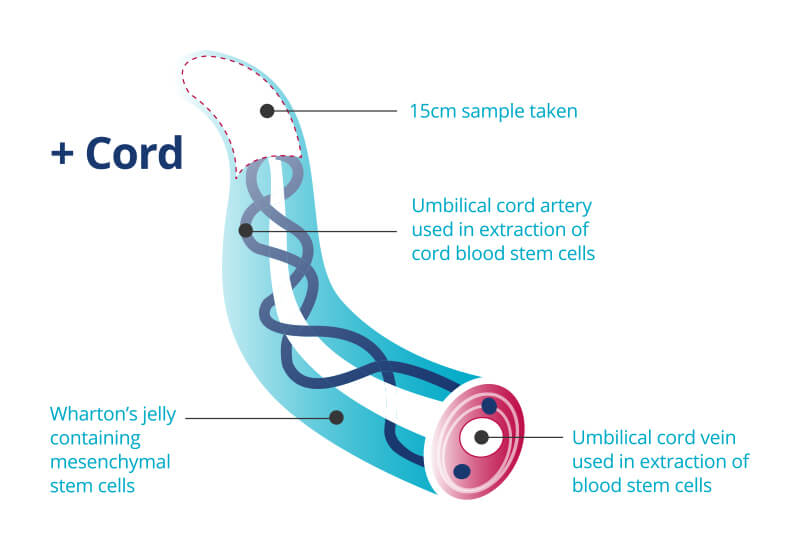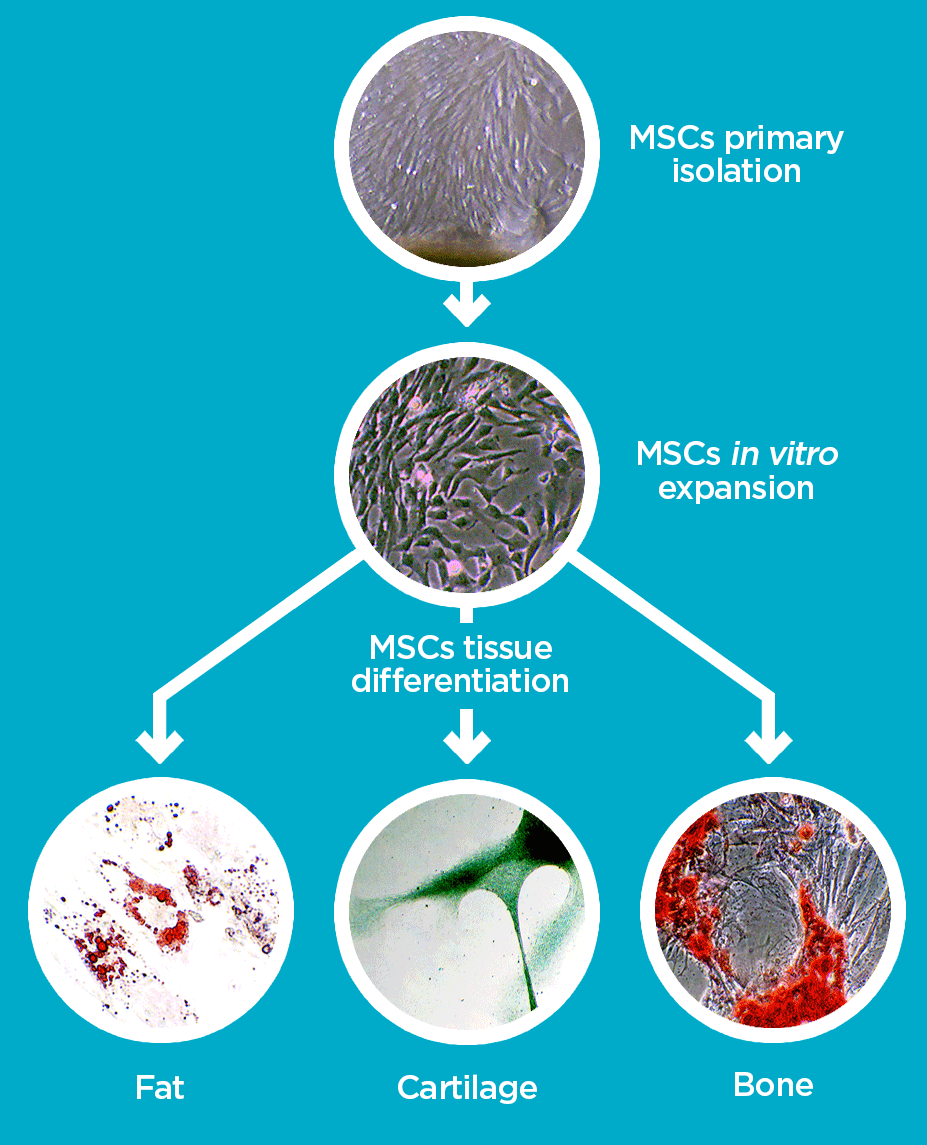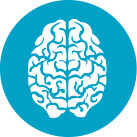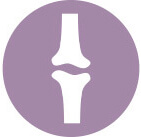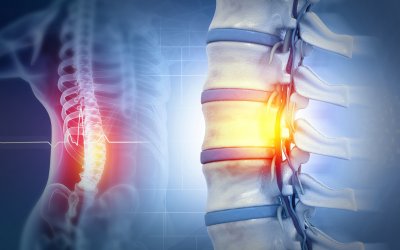About umbilical cord tissue
Umbilical cord tissue is simply a piece of your baby’s umbilical cord that is collected after the cord blood.
About umbilical cord tissue
Umbilical cord tissue is simply a piece of your baby’s umbilical cord that is collected after the cord blood.
About umbilical cord tissue
Umbilical cord tissue is simply a piece of your baby’s umbilical cord that is collected after the cord blood.
Umbilical cord tissue is simply a piece of your baby’s umbilical cord that is collected after the cord blood. It contains billions of stem cells, particularly within the Wharton’s jelly that lines the cord but also within other regions.
This is why Cells4Life stores the entirety of the umbilical cord tissue sample that we collect. Umbilical cord tissue contains several powerful stem cell types, some of which are unique and not present within the umbilical cord blood.
Cord blood along with cord tissue banking ensures that your child has the maximum range of stem cell types, so that they can take advantage of as many future developments as possible.
Cells4Life is the only UK stem cell storage bank that offers to store you child’s cord blood and cord tissue in multiple samples, providing added security and the possibility that they could be used for multiple treatments in future. Alongside cord blood storage, umbilical cord tissue banking ensures that your child has access to the maximum range and highest number of stem cells possible. This is very important for two key reasons:
1. Greatest number of stem cells possible
Some stem cell therapies require the maximum number of stem cells possible in order to increase their chances of success. By choosing our CellsPlus service with both umbilical cord blood and cord tissue, you ensure that your baby has access to as many cells as possible. In fact, our CellsPlus service preserves between two and three times more stem cells at the point of therapy relative the other cord blood processing technologies currently available in the UK, so your baby has the best possible access to the most stem cells available.
2. Prepared to receive multiple treatments
As your child grows, so too do the number of different, and often very common, conditions that could be treated using cord blood and cord tissue stem cells. By ensuring that you store the maximum number and range of stem cells possible, your child is prepared if needed to receive not just one stem cell treatment, but potentially multiple treatments for conditions that we all may suffer from as we head into old age.
Ultimately, by opting for both cord blood and cord tissue banking, you can rest assured that your child has the best treatment opportunities available to them, both now and in the future.
The Cells4Life Difference
Stem cells have two crucial properties:
1. the ability to self-renew
2. the ability to differentiate into other cell types
We have been able to demonstrate not just viability, but also that our transportation, processing and cryopreservation methods maintain these properties in the mesenchymal stem cells (MSCs) found in your baby’s umbilical cord tissue.
We were able to do this by isolating MSCs from cord tissue samples that we have collected, expanding them, and then stimulating them to transform into other tissue types.
We successfully grew the main cell types that normally form part of bone, adipose and cartilage tissues, showing our methods retain MSC ‘stemness’. This could be crucial for therapeutic utility.
When you bank umbilical cord tissue with us, you can be sure that you are making the most of your baby’s stem cells.
Our experiments show:
Umbilical cord tissue samples processed and stored by Cells4Life contain MSCs that can be isolated and expanded into billions of cells.
These MSCs can transform into fat, cartilage and bone cellular lineages, demonstrating their ability to differentiate.
The Cells4Life Difference
Stem cells have two crucial properties:
1. the ability to self-renew
2. the ability to differentiate into other cell types
We have been able to demonstrate not just viability, but also that our transportation, processing and cryopreservation methods maintain these properties in the mesenchymal stem cells (MSCs) found in your baby’s umbilical cord tissue.
We were able to do this by isolating MSCs from cord tissue samples that we have collected, expanding them, and then stimulating them to transform into other tissue types.
We successfully grew bone, adipose and cartilage tissue, showing our methods retain MSC ‘stemness’. This could be crucial for therapeutic utility.
When you bank cord tissue with us, you can rest assured that you are making the most of your baby’s stem cells.
Our experiments show:
Umbilical cord tissue samples processed and stored by Cells4Life contain MSCs that can be isolated and expanded into billions of cells
These MSCs can transform into fat, cartilage and bone, demonstrating their ability to differentiate
Umbilical cord tissue stem cells
Mesenchymal Stem Cells (MSCs)
Like cord blood, the umbilical cord itself is a rich source of mesenchymal stem cells which are found in the “Wharton’s Jelly”. These tissue-forming stem cells are more abundant and powerful than those found in cord blood or adult tissue. Research suggests that they have huge potential for use in regenerative medicine, with studies demonstrating that the MSCs in umbilical cord tissue could even be used in organ regeneration treatments – which is perhaps the most exciting area of regenerative medicine of all.
Unique to cord tissue…
Cord tissue contains several unique cell types, which are likely to provide therapies for skin conditions, burns, ulcers and wounds, as well as damage to the eyes and blood vessels.
Human Umbilical Vein Endothelial Cells (HUVECs)
These cells are easy to culture and are commonly used in research for vascular biology – including inflammation, blood clotting and angiogenesis (the formation of new blood vessels).
Epithelial Cord Lining Stem Cells (CLSCs)
CLSCs have proved effective in treating difficult-to-heal human wounds, such as diabetic ulcers, corneal defects, and have also demonstrated successful regeneration of the liver and heart in animal studies.
Human Umbilical Cord Perivascular Cells (HUCPVCs)
The perivascular cells found in the umbilical cord are being investigated for bone formation and dermal tissue engineering.
What is umbilical cord tissue used for?
Cord tissue is currently being investigated for the treatment of the following conditions:
- Alzheimer’s disease
- Aplastic anaemia
- Cardiomyopathy
- Cartilage repair
- Cerebral Palsy
- Connective tissue diseases
- Type 2 Diabetes
- Erectile Dysfunction
- Liver failure
- Multiple Sclerosis
- Myocardial infarction
- Osteoarthritis
- Ovarian failure
- Parkinson’s disease
- Psoriasis
- Retinitis pigmentosa
- Rheumatoid arthritis
- Sepsis
- Spinal cord injury
- Stroke
- Traumatic optic neuropathy
- Ulcerative colitis
- And many more…
- Alzheimer’s disease
- Aplastic anaemia
- Cardiomyopathy
- Cartilage repair
- Cerebral Palsy
- Connective tissue diseases
- Type 2 Diabetes
- Erectile Dysfunction
- Liver failure
- Multiple Sclerosis
- Myocardial infarction
- Osteoarthritis
- Ovarian failure
- Parkinson’s disease
- Psoriasis
- Retinitis pigmentosa
- Rheumatoid arthritis
- Sepsis
- Spinal cord injury
- Stroke
- Traumatic optic neuropathy
- Ulcerative colitis
- And many more…
Early clinical trials have shown promising results in treatments using umbilical cord tissue stem cells for the following conditions…
Neurological conditions
Scientists at Duke University, North Carolina are treating autistic children with intravenous infusions of cord tissue derived MSCs.
Heart and vascular disease
Scientists have seen promising results using MSCs from cord tissue to engineer new cardiac tissue, offering hope to patients suffering from heart failure.
Diabetes
A clinical trial is applying Wharton’s Jelly-derived MSCs within umbilical cord tissue to patients with the condition, which affects 415 million people worldwide.
Skeletal conditions
MSCs are being investigated as an osteoarthritis treatment. Their anti-inflammatory properties could potentially reduce pain, improve joint function, and promote cartilage repair.
Cancers
A 2014 study found that umbilical cord tissue MSCs inhibited the growth of tumours linked with prostate cancer, and further research has found similar potential for patients with breast cancer.
Inflammatory & autoimmune
In Durham, North Carolina, researchers have found that MSCs can treat sepsis, which is an inflammatory condition caused by the body’s overreaction to infection.
Quick questions…
How is umbilical cord blood collected?
In the womb, the cord provides your baby with nutrient-filled, oxygenated blood from the placenta and, conversely, takes waste and low-oxygen blood away. However, once the baby is born, if you choose to store the cord tissue alongside the cord blood, this tissue contains a unique set of stem cells (HUVECs, CLSCs, HUCPVCs) that can be used in treatments for things like diabetes, strokes and multiple sclerosis.
Latest news about cord tissue
Could Stem Cells Help Treat Ischaemic Stroke Consequences?
Key details Current treatment limitations: While ischaemic strokes – which account for nearly 90% of all strokes – are currently treated with clot removal and supportive rehabilitation, there remains a significant unmet need for therapies that directly address...
Umbilical Cord Stem Cell Therapy for Charcot-Marie-Tooth Disease to Begin Phase 2 Trial
Key details New trial approval: The South Korean Ministry of Food and Drug Safety has approved a Phase 2a trial for a new umbilical cord stem cell therapy to treat Charcot-Marie-Tooth disease (CMT), one of the most commonly inherited nerve diseases.[1] Promising phase...
Wharton’s Jelly Stem Cells Show Promise for Chronic Spinal Cord Injury in New Study
Chronic complete spinal cord injury (SCI) is a life-altering diagnosis that severs communication between the brain and body, leading to a permanent loss of movement and sensation for which no restorative treatments currently exist.[1] However, a groundbreaking...
Find out more, request your welcome pack today
Connect with us
References
Tokiko Nagamura-Inoue and Haiping He “Umbilical cord-derived mesenchymal stem cells: Their advantages and potential clinical utility” World J Stem Cells. 2014 Apr 26; 6(2): 195-202 <https://www.ncbi.nlm.nih.gov/pubmed/24772246>
Kouroupis D et al. “Assessment of umbilical cord tissue as a source of mesenchymal stem cell/endothelial cell mixtures for bone regeneration.” Regen Med. 2013 Sep;8(5):569-81 <https://www.ncbi.nlm.nih.gov/pubmed/23998751>
Saleh, Razwa “Short review on human umbilical cord lining epithelial cells and their potential clinical applications” Stem Cell Research Therapy 2017; 8:222 <https://www.ncbi.nlm.nih.gov/pmc/articles/PMC5634865/>
Zebardast, Nazlee et al. “Human umbilical cord perivascular cells (HUCPVC)” Organogenesis 2010 Oct-Dec; 6(4):197-203 <https://www.ncbi.nlm.nih.gov/pmc/articles/PMC3055644/>
Benedetta Bussolati, “Stem cells for organ repair” Organogenesis 2011 Apr-Jun; 7(2): 95
<https://www.ncbi.nlm.nih.gov/pmc/articles/PMC3142444/>
Mingyao Meng et al. “Umbilical cord mesenchymal stem cell transplantation in the treatment of multiple sclerosis” Am J Transl Res. 2018; 10(1):212-223 <https://www.ncbi.nlm.nih.gov/pmc/articles/PMC5801359/>

